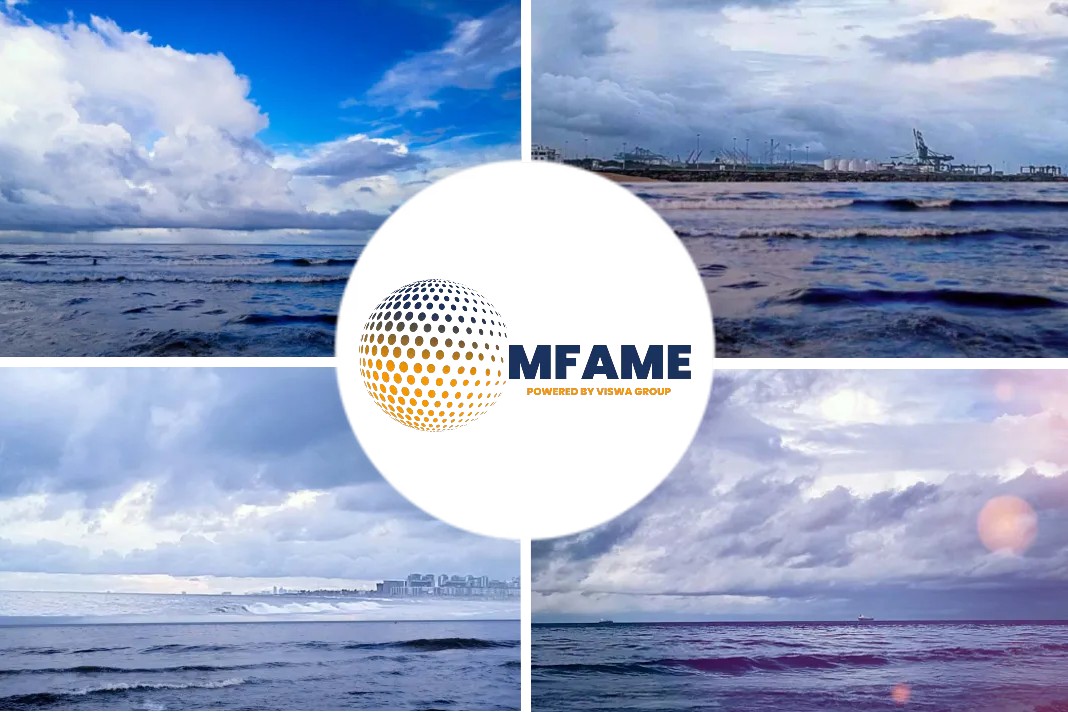
A recent news article published in the Live Science states that Deadly ‘rogue wave’ smashes into cruise ship near Antarctica — but where did it come from?.
A suspected rogue
A suspected rogue wave recently crashed into a cruise ship near Antarctica killing one and injuring four others. Where did it come from?
A suspected “rogue wave” recently smashed into a cruise ship sailing from Antarctica to Argentina. The freak event killed one person and injured four others. But where do these freakishly tall waves come from? And is climate change expected to make them more common or extreme?
On the night of Nov. 29, an unusually massive wave hit the cruise ship Viking Polaris as it was sailing through the Drake Passage in Antarctica’s Southern Ocean toward Ushuaia, a port in Argentina where many Antarctic cruises start and end, French news agency AFP(opens in new tab) reported.
The force of the massive wall of water sent passengers flying and smashed several exterior windows, which flooded some rooms and caused further structural damage inside. A 62-year-old American woman, Sheri Zhu, was killed by injuries sustained from the broken glass and four other people received non-life-threatening injuries, according to Australian news site ABC News(opens in new tab).
“This wave hit and came over and literally broke through windows and just washed into these rooms,” Tom Trusdale, a passenger aboard the Viking Polaris when the incident happened, told ABC News. “Not only did it wash into the rooms, but it [also] broke walls down.”
Viking, the travel company that owns the Viking Polaris, announced(opens in new tab) on Dec. 1 that the tragic event was a suspected “rogue wave incident.” Upcoming cruises have been canceled until the ship can be fully repaired and a proper investigation into what happened has been carried out.
What are rogue waves?
Rogue waves are freak waves that are at least twice as high as the surrounding sea state — the average height of the waves for a given area at a given time, according to the National Oceanic and Atmospheric Administration(opens in new tab) (NOAA). The massive walls of water come from seemingly out of nowhere and without warning.
The exact mechanisms behind the rogue waves are still unknown, but researchers think the freakish crests are formed when smaller waves merge into larger ones, either due to high surface winds or changes in ocean currents caused by storms, according to NOAA.
It is currently unclear if the wave that hit the Viking Polaris qualifies as an official rogue wave because there is no accurate data on the wave height or the surrounding sea state. A storm was raging when the wave hit, CNN reported, which could have provided the necessary conditions for a rogue wave to form. But the Drake Passage is also a notoriously treacherous part of the Southern Ocean, with deep waters that are fed by the powerful Antarctic Circumpolar Current, which makes it capable of producing very large non-rogue waves as well, according to Britannica(opens in new tab).
On Dec. 2, a passenger onboard another cruise ship in the Drake Passage shared a video of another massive, but less destructive, wave on Twitter(opens in new tab).
The largest rogue wave ever recorded was the Draupner wave, an 84-foot-tall (25.6 meters) wave that was observed near Norway in 1995. However, the most extreme rogue wave ever recorded was the Ucluelet wave, a 58-foot-tall (17.7 m) wave that was detected by an ocean buoy off the coast of Vancouver Island in British Columbia in November 2020. The Ucluelet wave is regarded as the most extreme rogue wave because it was around three times higher than surrounding waves, while the Draupner wave was only around twice as tall compared with the surrounding sea state.
In 2019, a study published in the journal Scientific Reports(opens in new tab) predicted that rogue waves could become less frequent but more extreme in the future due to the effects of human-caused climate change.
Did you subscribe to our newsletter?
It’s free! Click here to subscribe!
Source: Live Science













